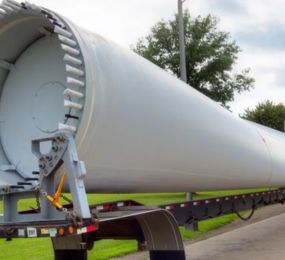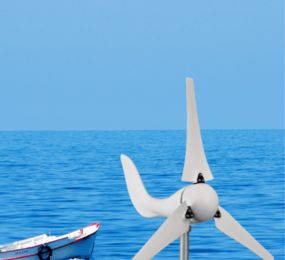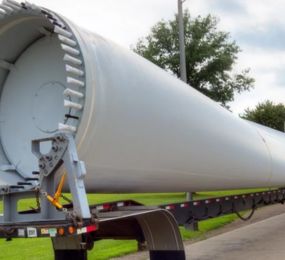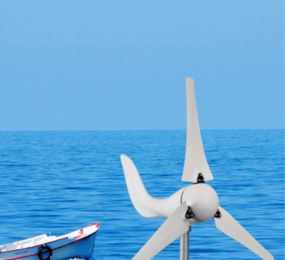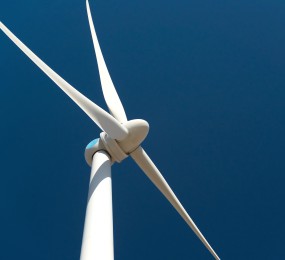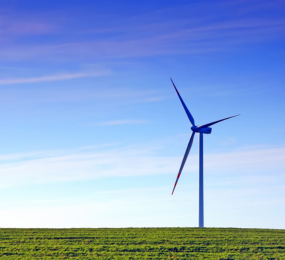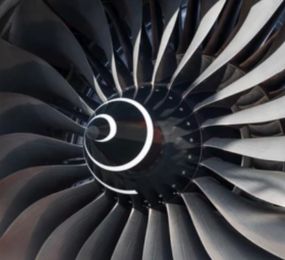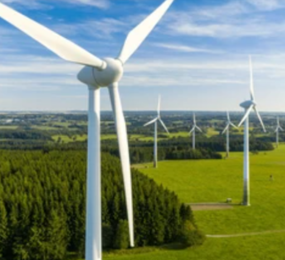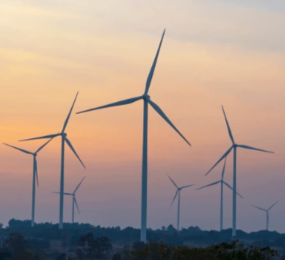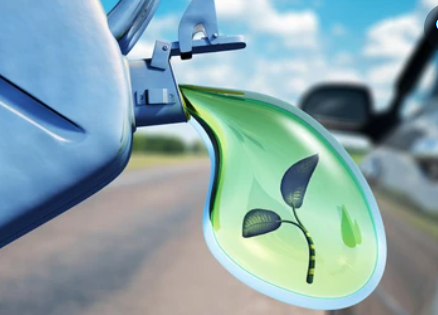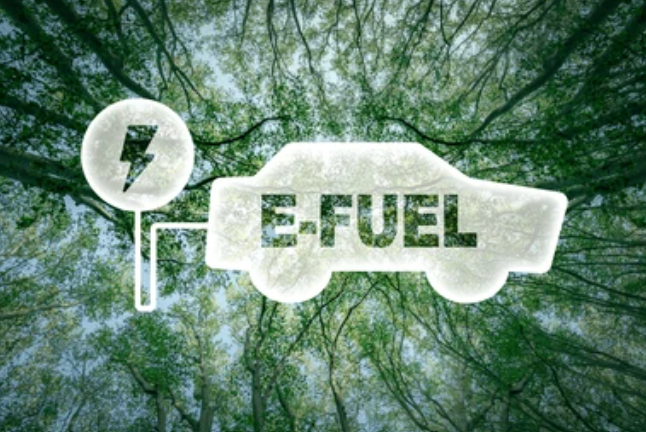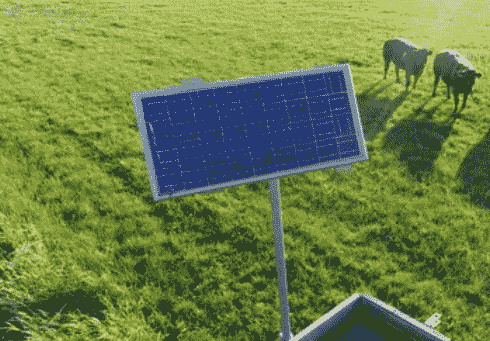Wind Turbine Blade Materials and Recycling: Building a Greener Future
Wind turbines have become a symbol of clean energy towering high on hills, offshore coastlines, and open plains, their blades capturing the power of the wind to generate electricity without emissions. But what happens when these blades reach the end of their life?
That question is becoming more urgent as thousands of turbines installed over the past two decades begin to retire. And the answer lies in how they were built in the first place.
What Wind Blades Are Made Of
Wind turbine blades are not made of metal or wood they’re built with composite materials, primarily fiberglass-reinforced plastic. These materials are chosen for their strength, durability, and light weight. Some of the larger, more advanced blades also incorporate carbon fiber, which offers even more strength with less weight but comes at a higher cost.
The composite structure allows blades to withstand decades of intense weather high winds, rain, UV exposure without cracking or losing integrity. But the very qualities that make these blades reliable in operation also make them difficult to recycle.
Unlike metal, composite materials can’t just be melted down. They’re thermoset plastics, meaning once they’re hardened, they can’t be reshaped or reused easily through traditional recycling methods.
The Growing Problem of Blade Waste
Globally, millions of blades are expected to be decommissioned over the next 10–20 years. Many end up in landfills cut into pieces and buried or are incinerated for energy recovery. Both options carry environmental concerns and don't align with the sustainability values of the wind energy sector.
As a result, attention is shifting from not just how we generate energy, but how we manage the full lifecycle of the technology that supports it.
1. Emerging Solutions in Recycling The wind industry is working hard to solve this problem. Several innovative methods are being developed and tested:
2. Mechanical recycling, where blades are shredded and repurposed into construction materials or panels.
3. Pyrolysis and chemical recycling, which break down the resin to recover fibers and other valuable materials.
4. Thermoplastic resins, a newer material option being considered for future blades, which could be melted and reshaped at the end of use.
In addition to recycling, repurposing is gaining popularity. Some blades have found second lives as pedestrian bridges, playground equipment, and architectural elements.
Industry leaders and researchers are also pushing for design-for-recyclability creating blades from the outset with end-of-life processing in mind.
Takeaway
Wind energy is helping power the world sustainably, but the story doesn’t end when the turbines stop spinning. As blade retirement becomes more common, the need for responsible recycling and better material choices is critical. The challenge is real, but so is the opportunity to build a wind industry that’s not just renewable, but truly circular.
Learn more on our website: https://www.leadventgrp.com/events/3rd-annual-wind-blade-materials-and-recycling-forum/details
For more information and group participation, contact us: [email protected] .
Leadvent Group - Industry Leading Events for Business Leaders! www.leadventgrp.com | [email protected]


